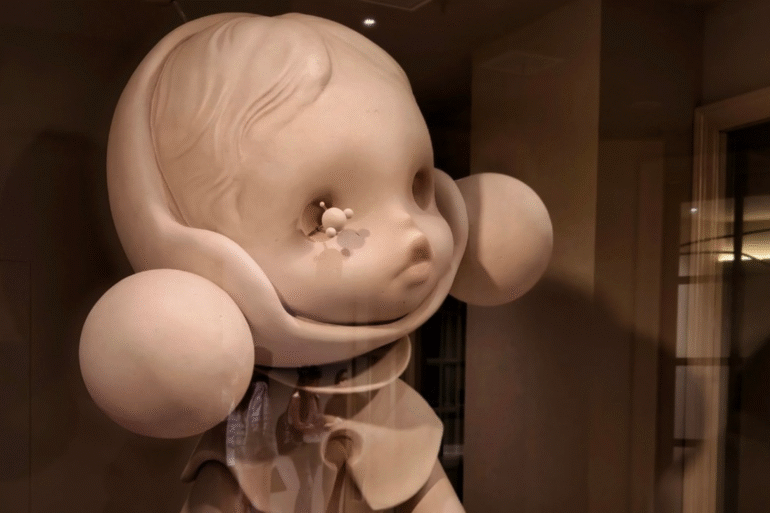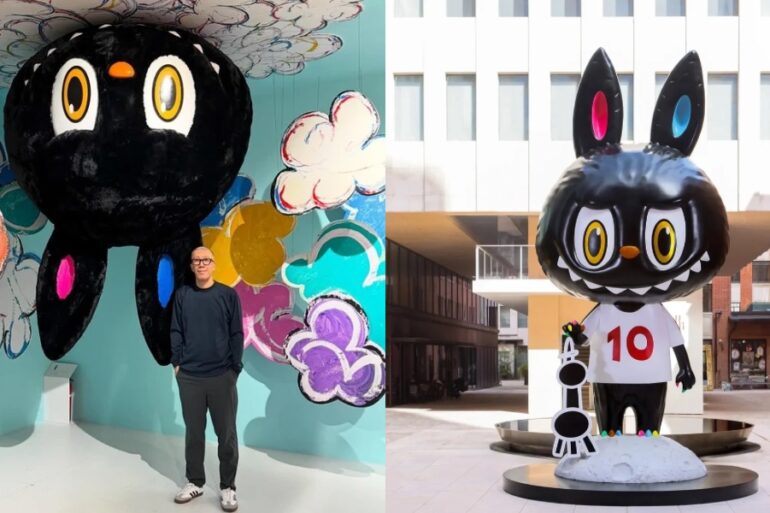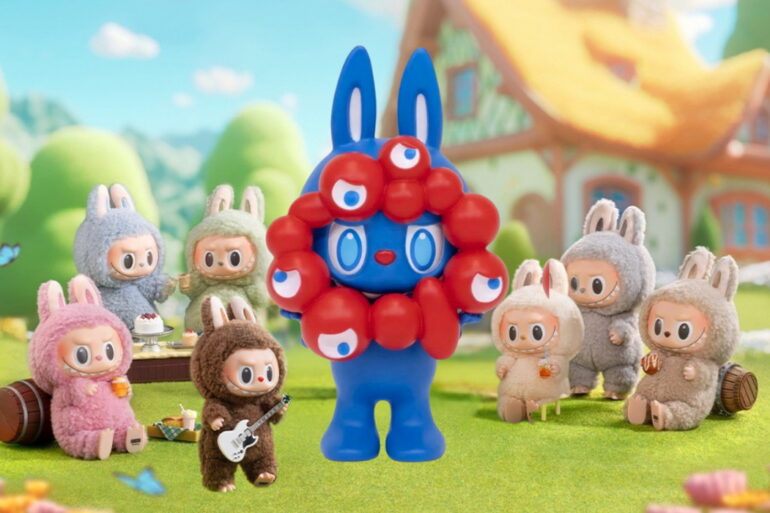The famed toy maker is trapped in spiraling debt, and banks aren’t accepting even the most valued Pop figure as payment.
It was only last September that Funko opened its first flagship store in Southeast Asia—at the SM Mall of Asia, to be exact. But is the global craze for its Pop! vinyl figures coming to an end soon?
You’d think the company behind the collectible toys is thriving, but it’s actually in serious financial trouble. And if things don’t work out for the better, a shutdown is bound to happen. Funko broke the news in its latest quarterly earnings report, saying, “There is substantial doubt about the company’s ability to continue as a going concern for the next twelve months.”
The document, which covers the third quarter ending Sept. 30, revealed that the once billion-dollar enterprise is now on the brink of collapse due to spiraling debt that is roughly $241 million (`P14.2 trillion) in total. Massive losses also got the company tumbling down from the peak of toy stardom. It recorded a net loss of $61.8 million (P3.7 trillion) in the last nine months, of which $1 million (P59 million) was from the third quarter.
From July to September 2025, Funko reported net sales of $250.9 million (a 14% drop from the same quarter the previous year), while sales in the US stackd by 20% year-over-year. Prior to this, the second quarter saw an even steeper 22% drop in sales compared to previous year.
Related story: Funko fever is finally in Manila!
Related story: From Trolls to Labubu dolls: 10 iconic toys we were obsessed with over the last 30 years
If you’re a fan of the toys that served as symbols of pop culture fandom in the last decade or so, you’d probably think that Funko’s financial struggles have something to do with losing big licenses to competitors or overproducing millions of unsellable figures. But the company said that it’s because of a “challenging retail environment” mainly brought about by U.S. tariffs.
President Donald Trump began imposing tariffs on US-trading partners, including China, Canada, Mexico, and the EU, in April 2025. These tariffs, or taxes applied on goods and services exported to the US, have been hitting the sales of cheap toys manufactured overseas really hard. Sadly, for Funko, banks are not accepting even the most valuable Funko Pops—in mint condition, with original packaging and all—as payment for debts.
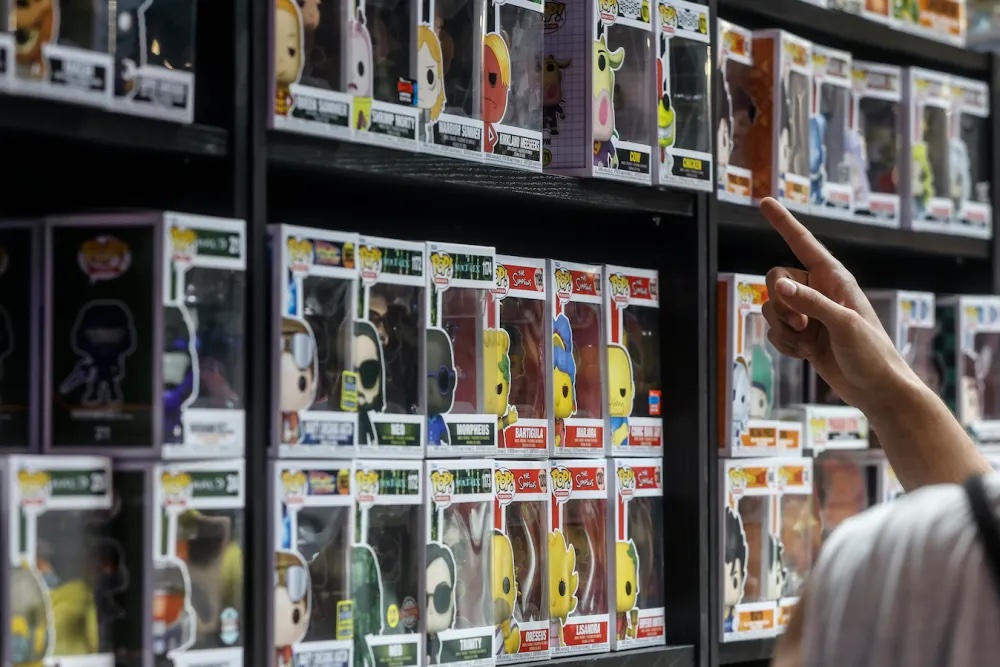
The company already amended its credit card agreement with JPMorgan Chase twice this year and once in 2019 to buy time in refinancing its debt in convenient terms. Still, there’s a huge chance it won’t be able to pay out everyone it owes in the next 12 months, with only $39.2 million (P2.3 trillion) cash on hand.
For Funko, the game’s not over yet. Newly appointed CEO Josh Simon and the rest of the company have been actively pursuing ways to revive the company. “Over the long term, what’s most exciting to me, and I hope is equally exciting to our investors, are the multiple opportunities to transform the company for substantial growth,” Simon said during the latest earnings call. “We have a strategic advantage from building this company over the last 27 years, and we intend to leverage that legacy and relationship with our community of fans to take advantage of the huge opportunity in the increasingly global world of entertainment and pop culture fandom.”
From its iconic Pop! figures first launched in 2010, Funko is instead shifting its focus to other product lines, particularly the Bitty Pop, which has the signature details of the original four-inch figures but are reduced to a 0.9-inch keychain. “We are also planning new innovative retail experiences, such as selling Bitty Pops through vending machines with a surprise or mystery element to the purchase experience,” the executive team said during last week’s earnings call.
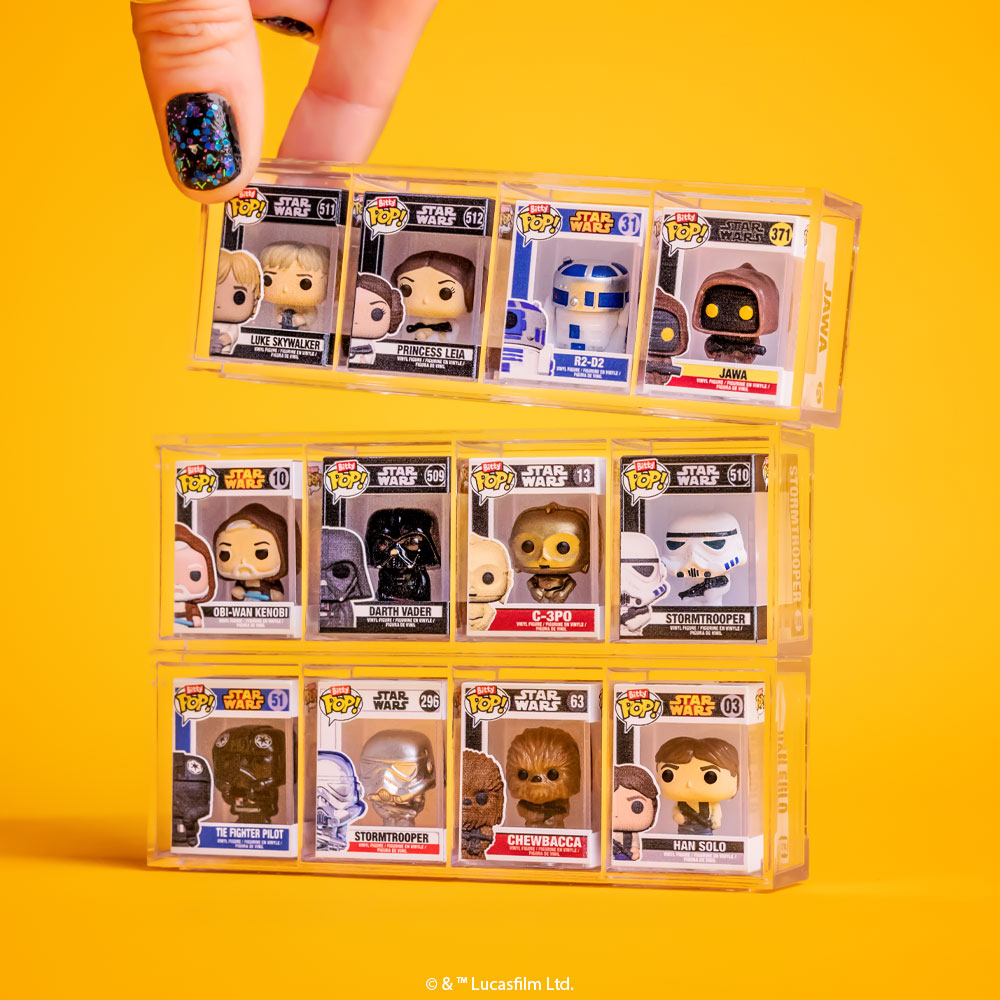
Other than that, Funko is planning to expand its blind-box line and Pop Yourself kiosks, where customers can create their own Funko Pop figures. It is also “exploring strategic alternatives,” such as the potential sale of the company.
Is it goodbye to a beloved toy?
Funko only rose to fame in 2010, but the company has actually been around since 1998, when Mike Becker launched it as a small project to create a nostalgic line of affordable toys. It reached a turning point only in 2010, when the company obtained licenses from DC Comics to produce vinyl figues with large square heads, disproportionately small bodies, and large, round, black eyes. for its characters. The new toy line, called Funko Pop!, then expanded to include some of pop culture’s most iconic characters and became an addiction among pop culture fans worldwide.

Today, the success of Funko is seen almost everywhere. In the past decade, Pop vinyl figures have been taking over toy stores, malls, themed cafés, online e-commerce platforms, and the homes of collectors all over the globe. The strong and sustained demand for the “chibi” toys enabled Funko to cross the $1 billion mark in revenue in 2022, with total sales amounting to $1.32 billion for that year.
Related story: Cute culture 101: A look into the science and benefits of obsessing over all things cute
Funko’s financial downturn came as a surprise to the market, as the company has already produced over 25,000 unique Pop figure characters, from movies, TV, and anime to video games, sports, and music to date. In fact, its inventory already totaled $246 million worth of product in 2023. With too much in excess, Funko then contracted a third-party company to destroy between $30 million and $36 million worth of products after surplus stocks ratcheted up operating costs.
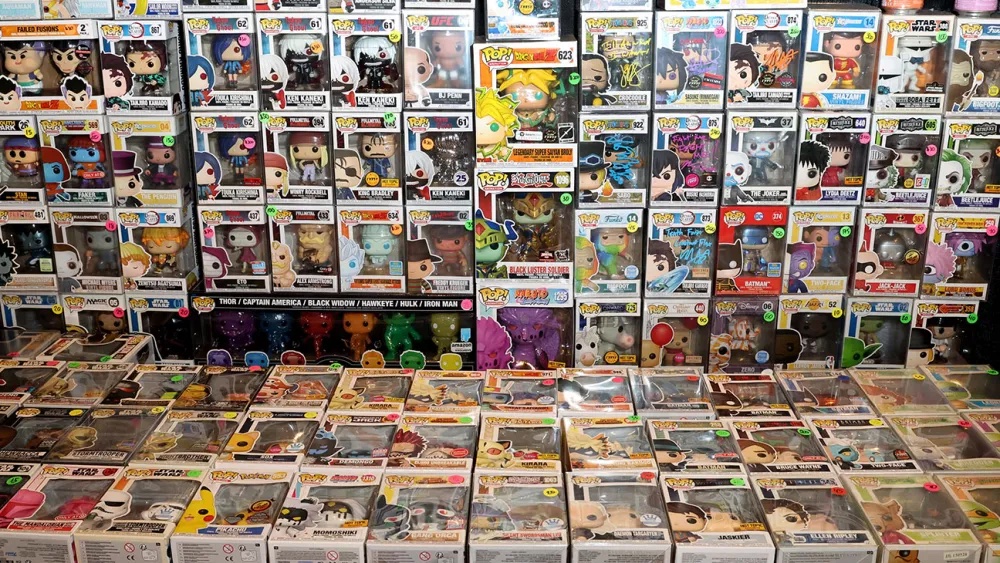
If Funko were to close, the effect on its previously coveted Pops will vary: some rare or highly sought-after figures might eventually become more valuable among dedicated collectors. This includes Pops tied to iconic franchises like Marvel, Star Wars, or Disney whose fan bases remain strong.
On the other hand, common Pops or those least liked by the fan community could end up becoming inexpensive, mass-produced plastic. A lack of new products and exposure can also lead to a decline in the number of new collectors, which, in turn, will greatly affect the toy’s maintaining value.
Like most stores that closed down across various industries, Funko could also sell its remaining inventory at heavily discounted prices or, same as before, they could be destroyed if storage costs outweigh potential revenue. At the end of the day, this could all be speculation and nothing more if another toy company, such as Hasbro or Mattel, were to acquire Funko and continues operation as usual. One thing’s for sure: Funko Pop has become a permanent fixture in society, building communities and providing pop culture fans with ways to express their passions one vinyl figure at a time.



